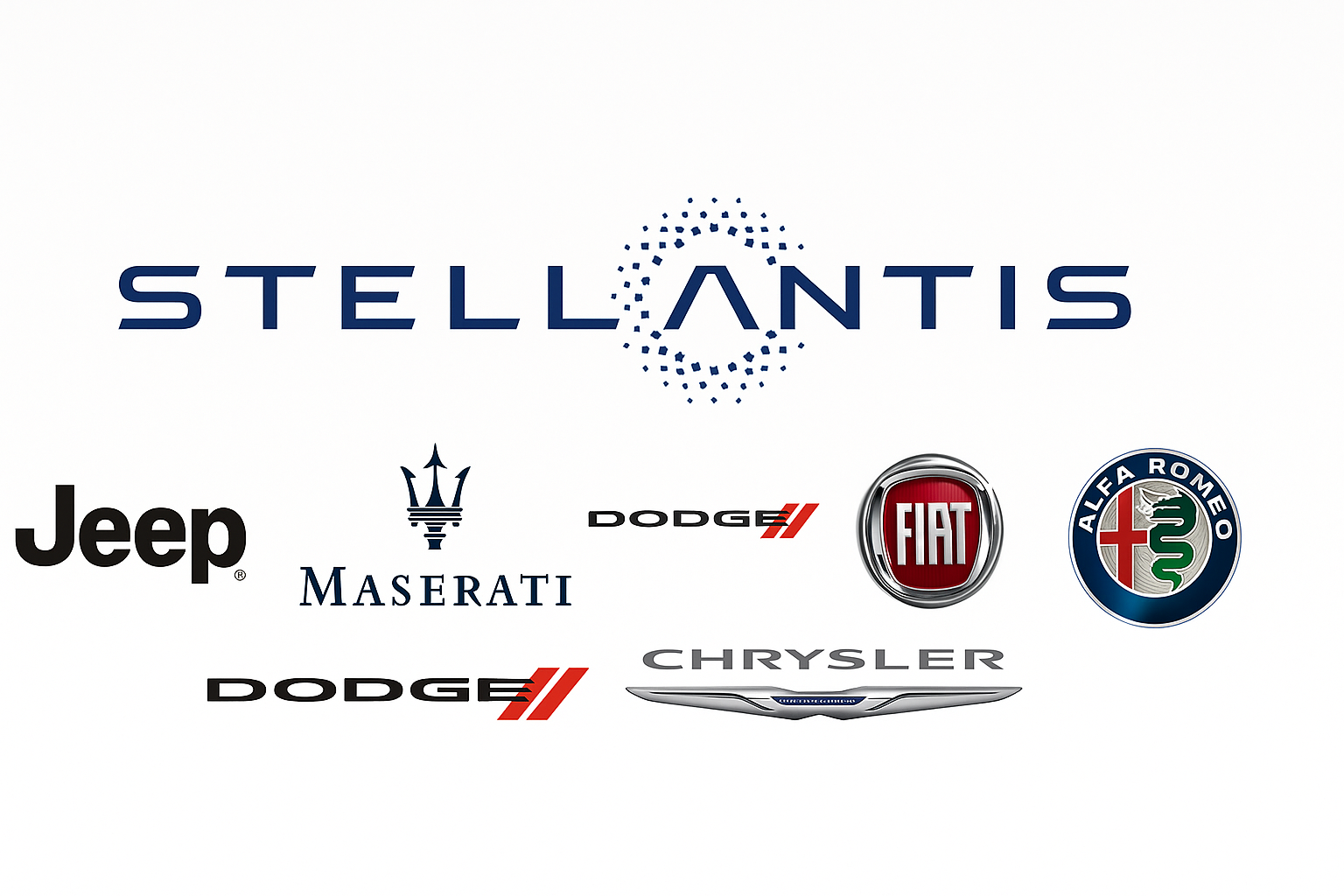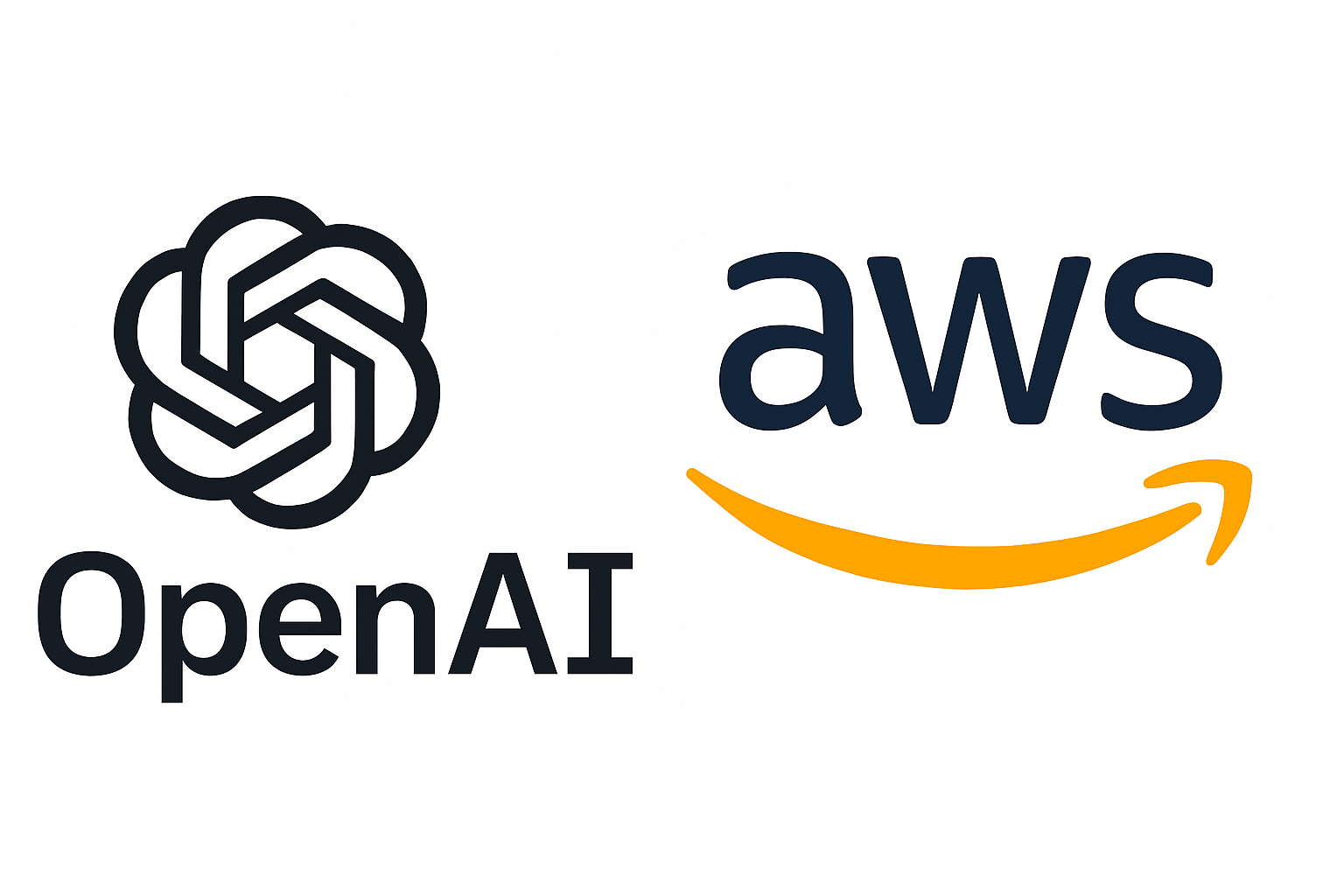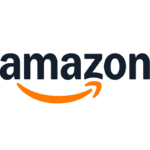Weekly highlights
Ocean rates – Freightos Baltic Index
Asia-US West Coast prices (FBX01 Weekly) increased 18% to $1,687/FEU.
Asia-US East Coast prices (FBX03 Weekly) increased 2% to $3,071/FEU.
Asia-N. Europe prices (FBX11 Weekly) increased 13% to $1,975/FEU.
Asia-Mediterranean prices (FBX13 Weekly) increased 1% to $2,147/FEU.
Air rates – Freightos Air index
China – N. America weekly prices stayed level at $5.34/kg.
China – N. Europe weekly prices increased 1% to $3.97/kg.
N. Europe – N. America weekly increased 5% to $1.78/kg.
Analysis
US Treasury Secretary Scott Bessent is set to meet with China’s Vice Premier He Lifeng this week in Malaysia following the sharp increase in trade tensions between the countries and just ahead of the planned Trump-Xi meeting in S. Korea at the end of the month.
The White House expressed optimism that the US and China will deescalate from recent steps which included China increasing export controls on rare earth metals and President Trump threatening 100% tariffs on Chinese exports starting November 1st. Reports this week also indicate that the US and India are nearing a trade deal that would reduce the US’s current 50% tariffs on Indian exports to around 15%.
Join 60,000+ Supply Chain Experts Who Never Miss an Issue!
Start your week with the industry insights others miss.
« * » indicates required fields
Consent*
In other trade war developments, President Trump signed a proclamation that will impose 10%-25% tariffs on heavy trucks and parts starting November 1st. Alongside this tariff expansion though, the new law also increased tariff offsets for automakers. This move follows an order last month which included a long list of tariff exemptions and authorized some federal agencies to issue tariff exemptions independently.
The past week also saw examples of geopolitical drama directly relevant to the ocean freight market. A US threat to sanction – including via port call fees – countries that vote for an IMO net zero framework may have contributed to the vote being postponed until next year.
And though there are no reports of vessels paying USTR port call fees yet – only one China-built vessel is scheduled to arrive at the Port of Los Angeles this week – a US-flagged container ship was charged $1.7m to dock in Shanghai as China’s reciprocal fees also went into effect. Like on the transpacific eastbound, carriers are shifting their deployment of liable vessels to other lanes to avoid the surcharges at China’s ports.
The 145% US tariffs on Chinese goods from early April to mid-May drove a sharp drop in China-US ocean volumes, and a November 1st 100% tariff would likely do the same. But with frontloading to date and November a slow month for ocean freight, there would likely be a smaller volume drop compared to April-May.
Despite reports of lagging demand as the US container market moves further into an early slow season, carrier mid-month GRI introductions, likely helped by tighter capacity reductions, are pushing Asia – N. America rates up. Transpacific prices to the West Coast increased 18% last week from a year to date low of about $1,400/FEU the week before to about $1,700/FEU, with daily rates this week above the $2,000/FEU mark so far. Daily rates to the East Coast of $3,357/FEU are more than $300/FEU higher than a week ago.
Asia – Europe prices climbed 13% last week to about $2,000/FEU on October GRIs as well, with daily rates this week approaching $2,300/FEU. Daily rates to the Mediterranean are also at about $2,300/FEU for a $200/FEU increase compared to the last couple weeks. Price increases on Europe lanes may be partially supported by port congestion made worse by labor disruptions in both Rotterdam and Antwerp last week – though the parties have now settled the Rotterdam dispute and paused Antwerp strikes for at least the next ten days.
These rate increases have pushed prices back to about September levels. But rates climbing during low-demand periods for both Asia-Europe and the transpacific has many observers skeptical that prices will remain elevated, though carriers will attempt November GRIs as well.
Air cargo on the other hand is about to enter the typical East-West peak season period. There are reports that President Trump’s November 1st tariff threat is sparking some frontloading out of China. But Freightos Air Index China-US rates remained level last week at $5.34/kg and are at about $5.40/kg so far this week, possibly reflecting a quick addition of capacity to the lane as more demand materialized.
Continued Asia – Europe volume growth driven by Chinese B2C e-commerce is also being accompanied by capacity growth, keeping China – Europe rates about level with last year, with prices stable at about the $4.00/kg level last week and this. A massive fire at Bangladesh’s Dhaka airport over the weekend destroyed the airport’s cargo center, suspending flights and causing a major setback for the region’s garment trade during its peak season. Flights resumed by Sunday night, with air cargo rates so far unaffected.





















